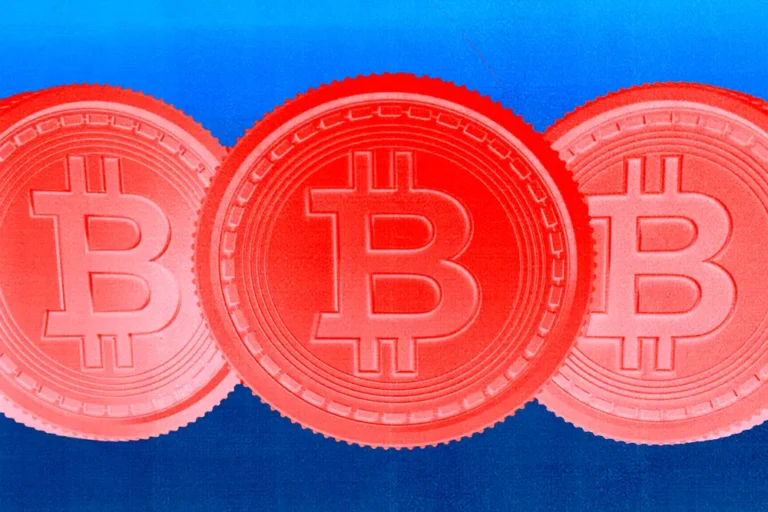Here’s how to invest with 5 of 6 key economic indicators signaling that a recession is on the horizon, according to the multi-asset solutions head at $700 billion Federated Hermes

- A recession is a strong possibility in 2024, according to asset management firm Federated Hermes.
- Investors should brace for slower economic growth caused by higher interest rates.
- Here are four types of investments that should hold up well in a weaker economy.
According to Federated Hermes, the US economy could contract as early as next June.
Five of the six indicators on the $704 billion asset management firm’s recession dashboard are within or above normal ranges during downturns.
Despite recent improvements, historical precedent suggests that both inflation and manufacturing data are on red alert.
Price growth, as measured by the core personal consumption expenditures (PCE) index, has returned to the 3% range, but remains significantly higher than levels seen in the previous seven recessions. Furthermore, according to the most recent ISM Index, manufacturing activity is still contracting.
Falling housing starts, which Goldman Sachs expects to continue next year, and the inverted yield curve of the 10-year US Treasury and the federal funds rate are also causes for concern. While jobless claims remain relatively low, they are well above the cycle low, which Federated Hermes strategists see as a clear sign of a slowing labor market.
A soft landing is still possible — if not probable
However, investors should not overestimate the likelihood of a recession and become bearish.
In a recent interview, Federated Hermes’ head of multi-asset solutions, Steve Chiavarone, predicted a “70s-style blah” in 2024 rather than an outright downturn.
In the strategist’s base case, the economy will grind to a halt rather than crash. Growth will wilt under the weight of perpetually high interest rates, according to Chiavarone, who added that rolling recessions across industries are more likely than a sudden, 2008-style downturn.
“While we do feel like these lags will hit, and we do feel like these lags will slow things down, it’s not clear whether or not that’s in a classic recession or a slow, ’70s-style meander through malaise that never quite becomes a full-on recession,” he said.
Although almost all of the indicators in his firm’s recession dashboard point to caution, Chiavarone believes there will be no downturn unless and until the unemployment rate rises. Although jobless claims are above historic lows, this is not enough to cause a contraction.
“I don’t think a recession is imminent at this point because the labor market — to this point — is still so strong,” he said.
According to Chiavarone, the biggest threat to the US economy is higher-for-longer interest rates. While the Federal Reserve has paused rate hikes in order to combat inflation, soaring bond yields have kept borrowing costs high for businesses and individuals.
“After the Fed basically stopped tightening policy in July, the bond market said, ‘Hold my beer — I got it from here,'” he said. “And it’s now tightening policy significantly since.”
Chiavarone observed that monetary policy has a long lag. He noted that historically, inflation does not fall until the Fed’s rate-hiking cycle ends. Ironically, the US Federal Reserve frequently cuts rates once inflation has stabilized, as rate hikes tend to trigger recessions.
Eighteen months of tightening financial conditions will have a significant impact on the economy, according to Chiavarone. The multi-asset solutions head is keeping an eye on how corporations react next year when they are forced to refinance debt at much higher rates. Borrowing rates that are unusually high are also putting a strain on both small businesses and consumers, according to Chiavarone.
Other unnoticed concerns, according to Chiavarone, are the US government’s rising interest expenses and soaring bank deposit outflows. More money spent on debt service means less money for other programs or more tax money out of Americans’ pockets — or both. And if banks have fewer deposits, they will have less money to lend to businesses and consumers, potentially sending the economy into a tailspin.
4 Best Investment Strategies for 2024
While Chiavarone believes the US can avoid a downturn, he believes the odds of a soft landing over a recession are more like 60-40 or 70-30 rather than 90-10.
Stocks should generate solid single-digit returns if the economy continues to expand slowly, according to the strategist and senior portfolio manager. Active managers will outperform in this environment because high earnings multiples will keep indexes under pressure, according to Chiavarone.
Chiavarone advises investors to focus on high-quality, dividend-paying stocks. According to him, these companies generate significant cash flows, which translate into healthy balance sheets. These companies are not reliant on external financing and can avoid exposure to high interest rates because they have plenty of cash on hand. As a result, rather than repaying lenders, they can reward shareholders.
Those concerned about the economy should also take a defensive stance by investing in consumer staples, healthcare, and utilities, according to Chiavarone.
Companies in these sectors can typically thrive regardless of the economic environment because demand for household goods, life-saving or -improving goods and services, and electricity does not decline during recessions.
Examples of exchange-traded funds (ETFs) that offer exposure to these ideas include the Global X S&P 500 Quality Dividend ETF (QDIV), the iShares Core High Dividend ETF (XDU), the Consumer Staples Select Sector SPDR Fund (XLP), the Vanguard Consumer Staples ETF (VDC), the Health Care Select Sector SPDR Fund (XLV), the iShares Global Healthcare ETF (IXJ), the Utilities Select Sector SPDR Fund (XLU), and the Vanguard Utilities ETF (VPU).






